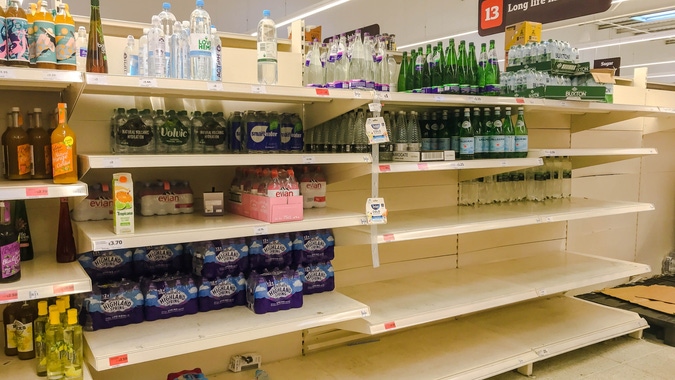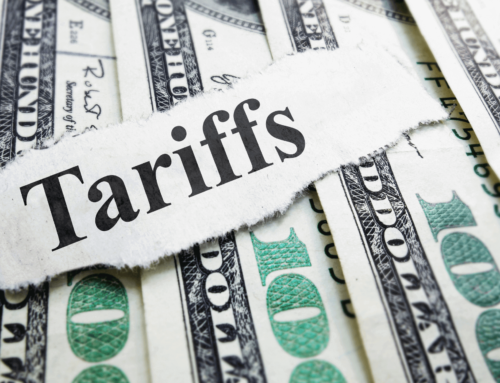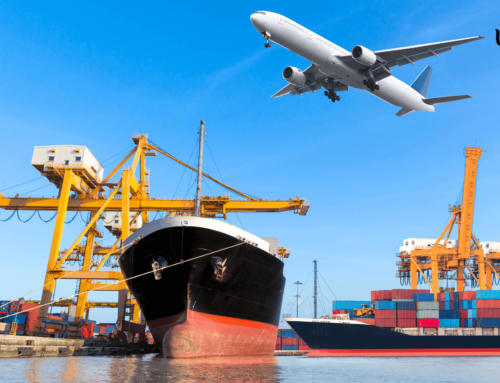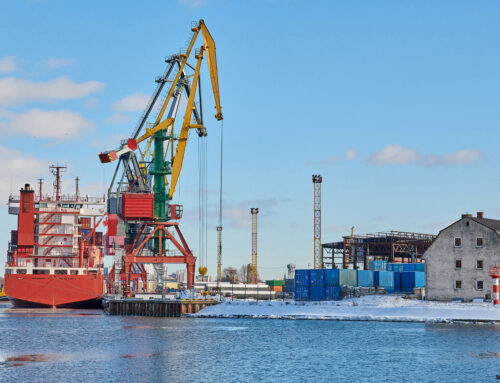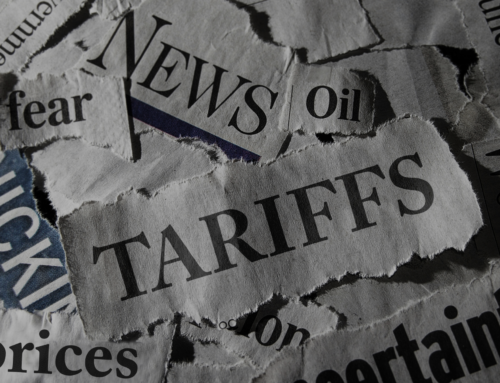How to navigate these challenging times and best prepare for the future.
Turn on the news or pick up a newspaper and you’re bound to find a story about the global supply-chain crisis. Congestion and blockages in the system have affected a variety of sectors and services with shortage of merchandise and scarcity of raw materials, including those necessary for basic paper and food products. The crisis has been a contributing factor to record-high inflation — the most in over 30 years. If the ports are any indication of how things are going, its safe to say that we will be feeling the heat for quite a while longer. At last count, 95 container vessels were docked off the ports of Los Angeles and Long Beach — a figure considered unfathomable just a few months ago. The Navy even recently opened up a military pier to merchant ships for the first time in the history of our country.
The harsh reality is we are all deeply affected from this global crisis, causing companies such as ours to rethink their supply chain and how they work with their vendors and community. At IBrands Global — a family-owned global supply-chain platform for the fashion, wellness, medical and food industries — we learned firsthand how to pivot during a time where the whole system was in a state of shock and paralysis from raw material shortages, labor shortages, shipping delays and disruptions, and a plethora of other issues.
Here are a few steps that we can all take to help navigate these challenging times and best prepare for the future.
1. Diversify your supply chain
Diversify your supply chain and don’t rely on a single source or port of entry. This has become a mantra at our company and the key to our success. There are considerably shorter delays on the East Coast than on the West, and ports in places like Panama City and Houston are moving with far more ease than Long Beach. We began to produce more items domestically, despite the additional costs, because speed and reliability became a higher priority — not to mention shipping costs from Asia have been skyrocketing up 10 times from pre-pandemic levels. Do your research and make sure you examine all costs to ensure prime productivity. For the aromatherapy products in our wellness brand BluZen, we source all our components such as cartons and fragrances domestically, enabling us to beat out our competition during the crucial holiday-shopping season.
Related: Toymakers Warn Supply-Chain Issues Are a Threat to Holiday Shopping
Turning to new places such as our neighbors in Mexico is an excellent opportunity to get readily available products and avoid the clogged Asian shipping lanes. Mexico has a great production sector and lots of factories situated just south of the border, so trucking distances are not too bad. Most of the factories in the North of Mexico are proficient with exporting to the U.S., so you don’t have to reinvent the wheel. Not only can you avoid containers all together, but generally you can also deliver as fast from Mexico as you would in the U.S. Pioneering new supply chains in Latin America has been another bright spot for our company throughout the supply-chain crisis this year.
2. Have a contingency budget
Just as any budget in business or your personal life should plan for some contingency, so too should your logistics budget prepare for the unexpected. This will help you mitigate risk and emerge from a crisis stronger than before.
At IBrands, having a contingency budget in place allowed us to navigate the crisis with more ease while beating out our competition. We are able to confirm warehouse labor and domestic trucking by paying premiums to ensure that our goods get delivered on time. We use faster means of transportation from Asia to the U.S. such as the Matson fast vessel to decrease time on the water and skip the queue at the Port of Los Angeles and Long Beach. These game-time decisions may have cost us more in shipping, but mitigating delays allowed us to preserve our reputation and ensure our product reached the shelves in time for Black Friday and Cyber Monday.
Related: Overcoming the Covid-19 Supply-Chain Strain
Having a contingency budget means that you are in control of your business. You’re much less at the mercy of external factors beyond your control.
3. Plan ahead
The entire supply chain has been disrupted: Imports are delayed, transportation costs are rising, raw materials are scarce, port delays are at an all-time high, and labor shortages are at unprecedented numbers. The supply chain is stretched thin as demand outweighs supply. The result is inflation, with the consumer bearing the burden.
Make sure to analyze your stock levels, sales and inventory, and plan ahead. Planning is the best practice for business success. Buy well and buy smart. In today’s world, with today’s demand, stock is king. Customers want goods now, and they are willing to pay for them.
At iBrands, we have a large holiday business. We understand that there will be increased container cost, congestion at the port and spiked customer demand. We build delays into our model, and we provide ourself with a redundancy of product. This cushion has allowed us to deliver to our customers while many businesses have fallen short. We urge our small-business partners to ensure that they are proactive and not reactive.
Related: Consumer Trends Demand New Supply-Chain Ideas
A successful delivery takes shrewd production and logistics. Planning takes more than a well-crafted purchase order or well-selected factory. A business cannot afford to rely on its contracted vendors. The environment requires managers to understand their own businesses and to make decisions accordingly. Which shipping line should you utilize? Which port should you sail to? Where should you warehouse? These decisions are crucial and must be made with time to spare.


